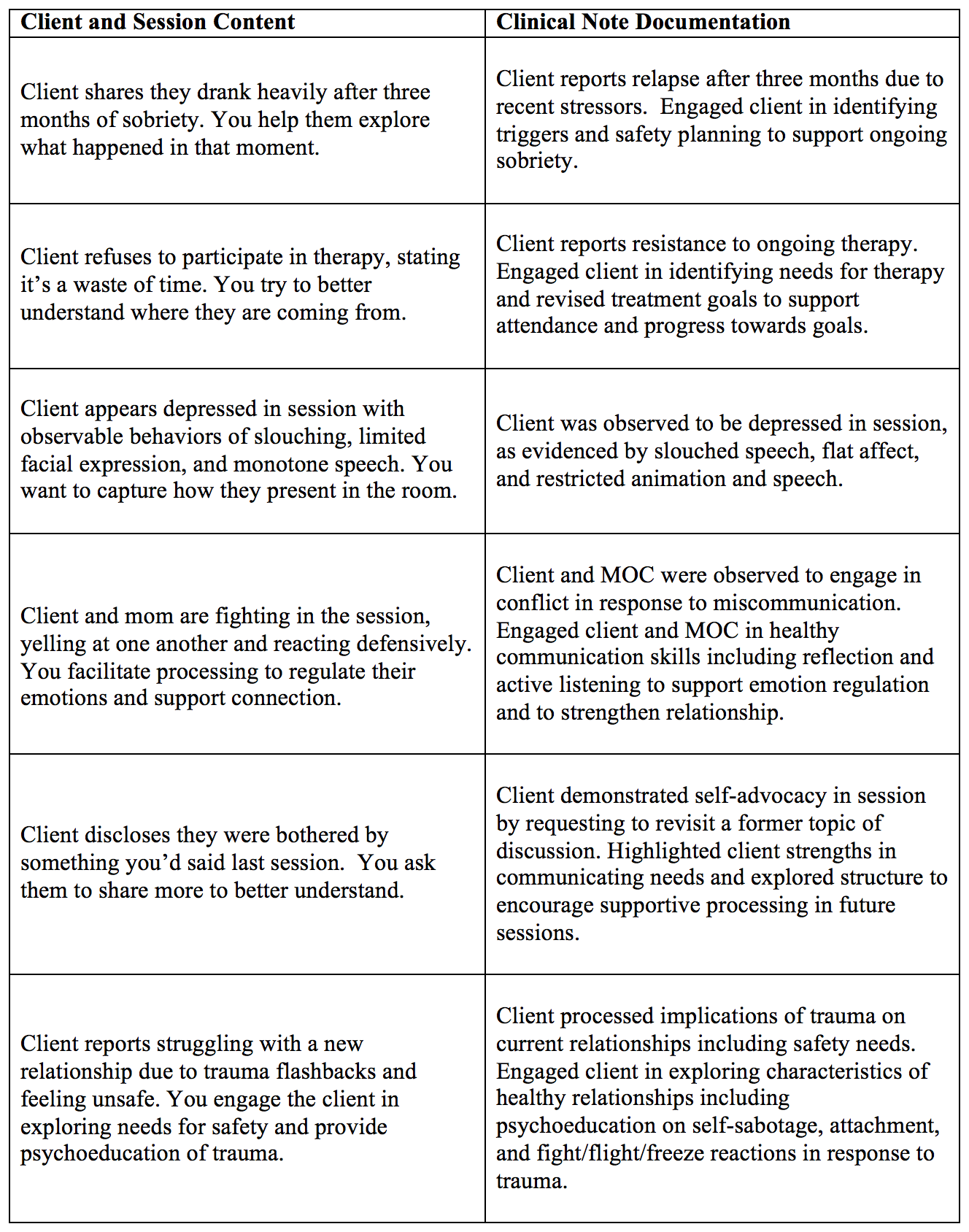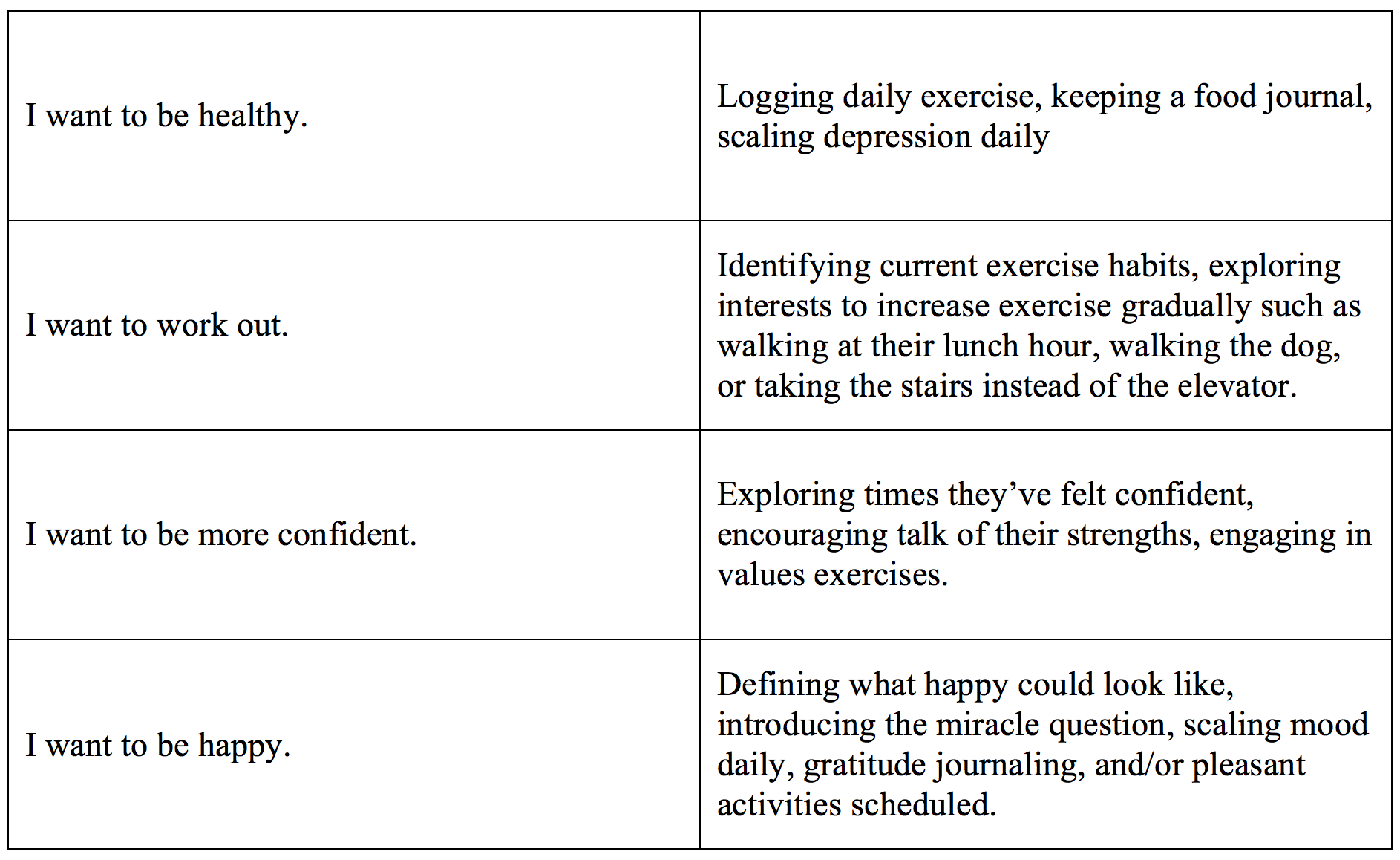“I cannot confirm or deny.” How do you maintain confidentiality for your client? It may seem easy enough when there is a clearly written, signed release or when your client refuses a release, thus declining collaboration at this time. However, what does it look like in the following situations?
- Your client is involved in an open Child Abuse and Neglect case.
- An attorney calls you saying they represent your client and would like copies of your client record for a disability claim.
- An insurance company calls to report the client listed you as a provider and they want to know your diagnosis to award the client a life insurance policy.
- You outreach an organization about who they serve. They respond by wanting to obtain additional information from you on the client you want to refer.
- A referral source wants to know if their client called to set up an intake and begin services with you.
- A community resource shares that your client scheduled an appointment with them for next week.
- A foster parent wants to know why the parent isn’t engaging in services to reunify with their child.
- A CASA volunteer wants to know if the family is working on their fighting in your sessions because they believe it would be helpful.
- The spouse of your client calls asking you how sessions are going.
- Your client acknowledges that their friend is also your client.
- Their probation officer includes you in a group text or email to schedule a meeting on behalf of the client with several parties you don’t know.
These are just a few of what could be dozens of examples of sticky situations when it comes to maintaining your client’s right to privacy. Let us look at possible responses to the above scenarios to determine what could be best. And as always, seek consultation, supervision, or legal advice if you have needs or concerns.
Signed Release
When a third party reaches out to you by email, text, or voicemail, it can be helpful to notify your client and obtain a release in the next scheduled session. Notifying your client of the outreach you received can support trust and transparency in the therapeutic relationship. It can also help facilitate a discussion on the importance of getting a client’s written permission to respond to an inquiry on their behalf, whether it’s an insurance company, secondary referral, family member, or community partner.
Legal Requirements
Perhaps your client is involved in an open Abuse and Neglect case, diversion, or probation. These entities have been assigned to your client as part of a larger treatment plan to address a legal concern. Whether your client is mandated to complete therapy or the third party referred directly to you, there is a different level of confidentiality implied due to the collaboration needed from you to provide progress reports and updates as appropriate around your client’s engagement in services. If you client is resistant to signing a release, helping them identify the specific pieces of information to share—and thus restricting some information in the effort of privacy—can be helpful to the client’s anxiety about personal information that is disclosed to others. When submitting a progress report to DHS or probation for example, providing your client with a copy can also demonstrate a sign of transparency and trust in encouraging them to review it and provide feedback on their level of comfort with the material shared.
Sense of Urgency
The desired scenario is one of those mentioned above, where we have the client complete a signed release of information highlighting exactly what is released and for what purpose. However, there are times that a sense of urgency may arise in getting permission quickly to collaborate with a community partner in a timely fashion. Depending on the frequency of client contact including regularly scheduled appointments, you may need to get email or verbal permission over the phone from your client as a temporary measure in obtaining consent prior to a written release. Standard practice is to have permission in writing so email can feel slightly more comfortable than verbal permission to us as providers. Either way, documenting your client’s permission with intention to get a full release in the immediate future can be helpful in allowing collaboration and sharing of information under a time restriction.
Curbing Curiosity
Collaboration is a helpful component of therapy, within reason, to support and validate client efforts. It may become apparent that there are other parties involved who may want updates on your client’s progress. This could include caseworkers, probation, child advocates, other mental health providers, foster parents and more. Where it can feel confusing is when third parties know you are actively working with the client and make assumptions that you can share information in the spirit of collaboration. For example, the foster parent is wanting to know how the parent, your client, is doing in services in order to encourage their child of the parent’s hard work. The inquiry may feel innocent enough, however the foster parent is not your client, and is therefore not privy to this information without your client’s consent. Something as innocent as attendance or participation in services can be reported back to other parties and could result in information being misconstrued or shared without permission.
Encompassing Electronics
In an effort to not have information shared unintentionally with third parties, being mindful of how your electronic correspondence is recorded can be helpful. Being aware of emails with additional recipients or group text messages requesting scheduling of a team meeting can feel nebulous regarding confidentiality. Documenting your effort to send correspondence only to approved parties identified on a signed release supports your client’s wishes as well as ethics compliance. Providing disclaimers in your electronic signature in email composed on your computer or phone can also support limiting liability if information is sent to the wrong recipient or forwarded to a third party outside of your control.
Limiting Liability
Documenting each of your efforts to maintain confidentiality as a standard of your practice can limit liability. Obtaining regular releases yearly from your client can keep their record up to date. Utilizing encrypted email and electronic health records for client progress notes can restrict situations where their information could be compromised. When it comes to confidentiality in direct interaction with third parties, identifying a statement of “I cannot confirm or deny they are my client” can feel unhelpful, restrictive but necessary in not admitting unapproved information to family, friends, referral sources, or legal representatives without permission. This feels most challenging by phone when even acknowledging your need to obtain a release is admission of your client’s connection to you. For many, having to share that a release has been revoked can feel even more challenging. You may say something like “permissions have been revoked and we suggest you contact the person of interest directly” can provide enough information for them to understand you won’t be interacting with them further and prevents direct identification of your client by name or circumstance.
Communication with community partners is an intricate dance that can feel challenging when caught off guard by emails, texts, or phone calls asking for updates on your client’s work. Demonstrating your ethical capacity in delaying disclosure of information until a release is obtained can indicate your professionalism in the community and willingness to collaborate under the appropriate circumstance. Be sure to follow up with the community partner once a release is signed to further demonstrate your willingness to collaborate together. Lastly, thinking about the possibly scenarios that put privacy at risk and obtaining signed releases upon introduction to the client can streamline this process by simply asking who else is involved in their treatment or care. Having a scripted response ahead of time for situations where a release is not yet completed can support you in making the best decision to support client confidentiality and community engagement with consent.













